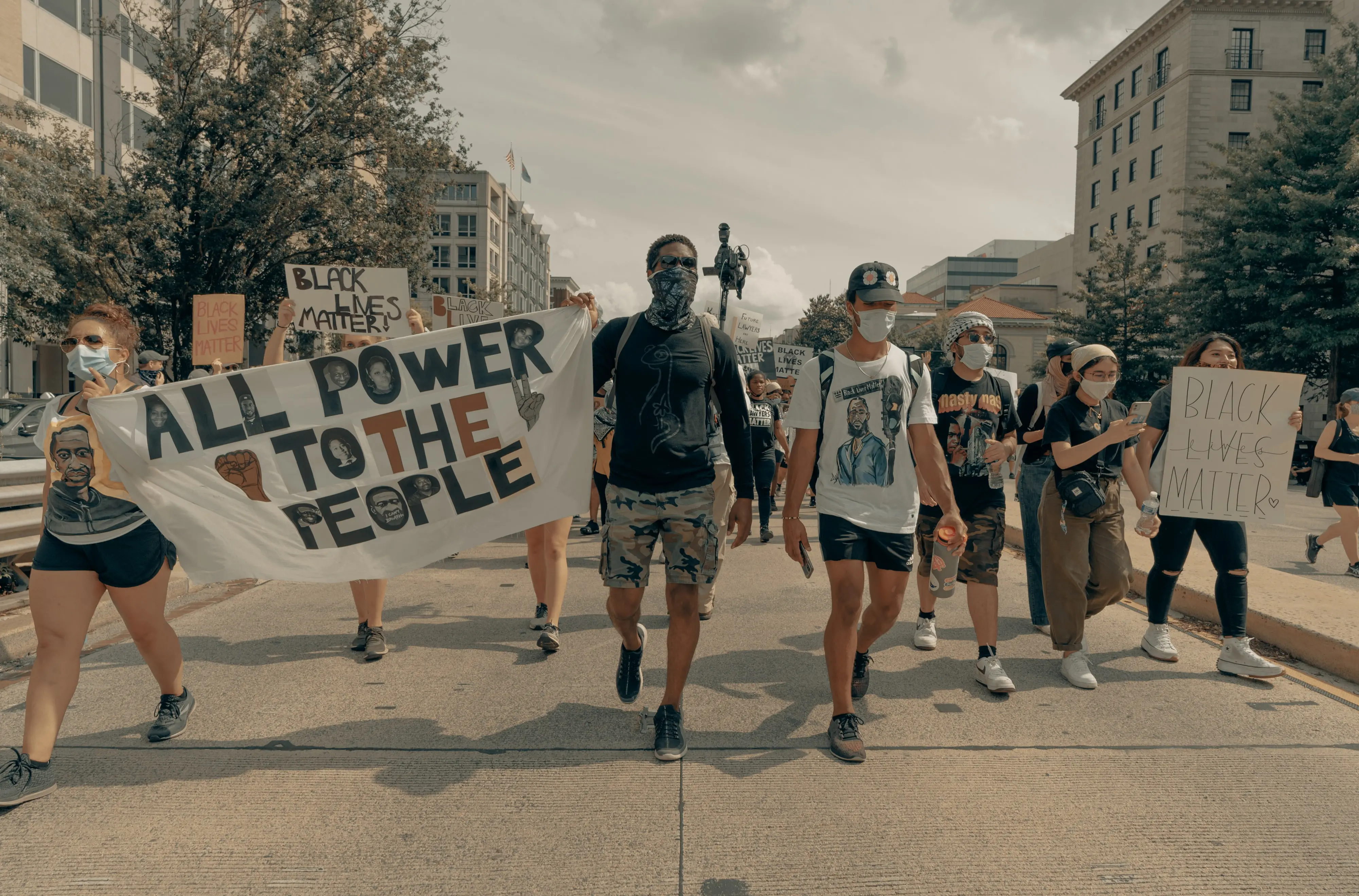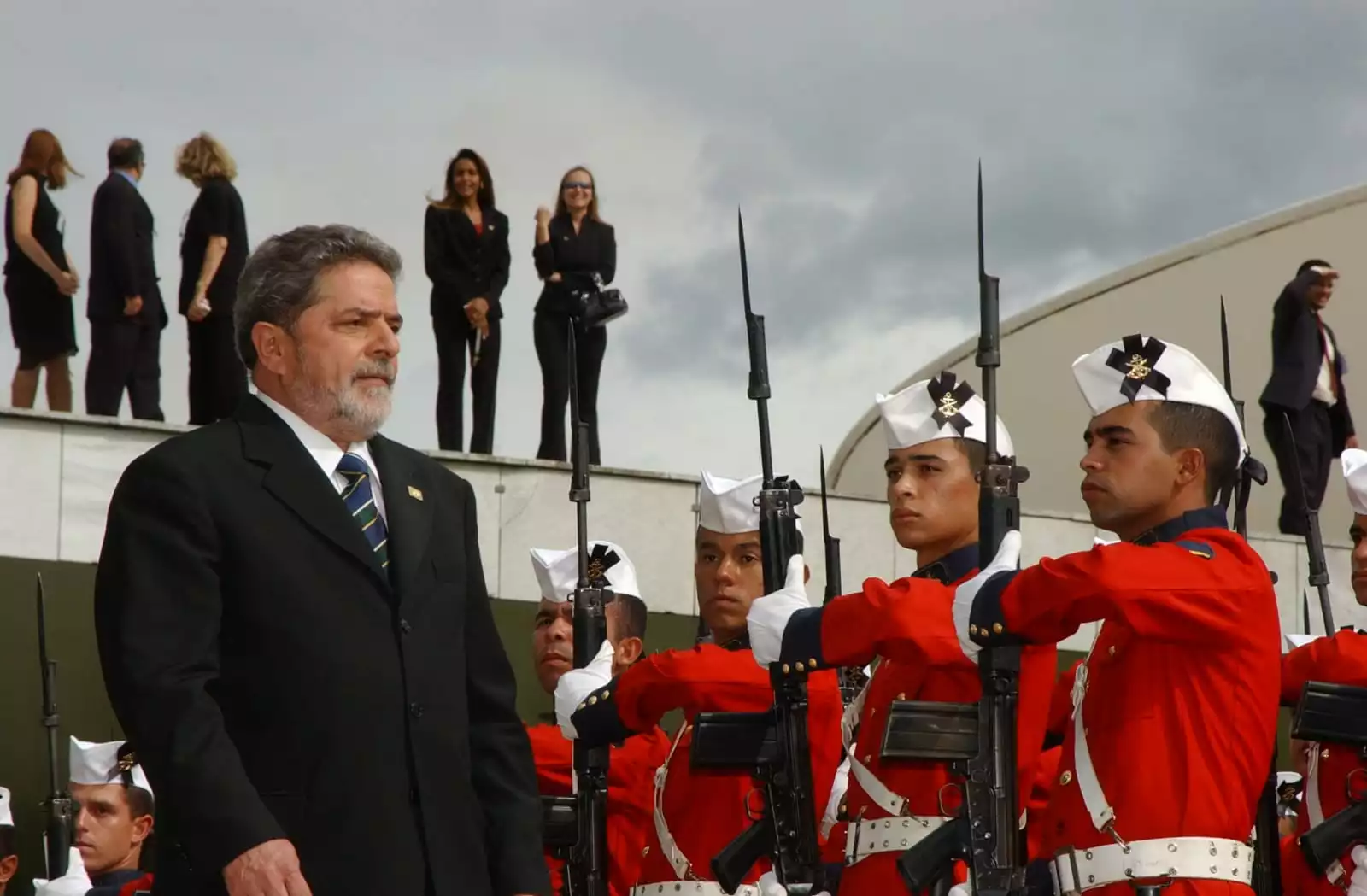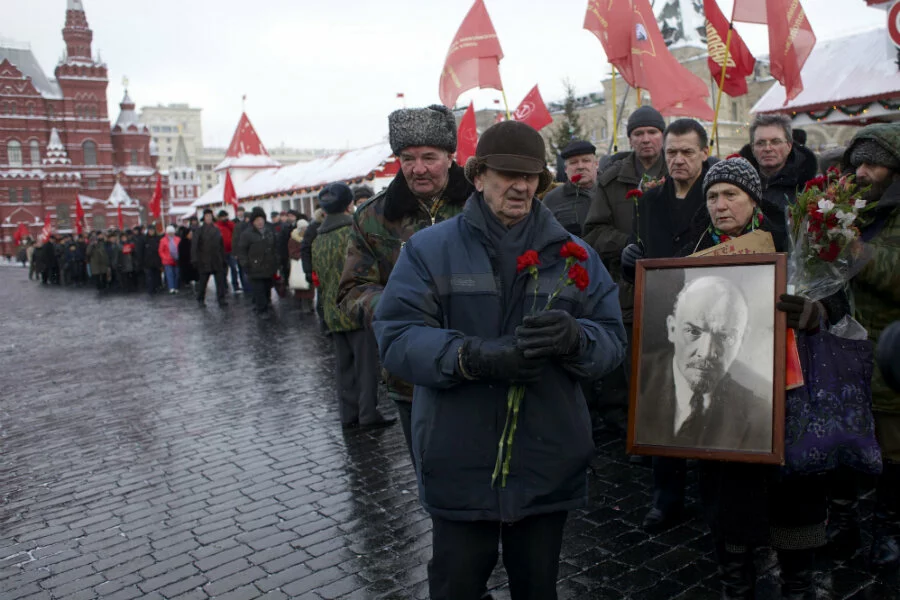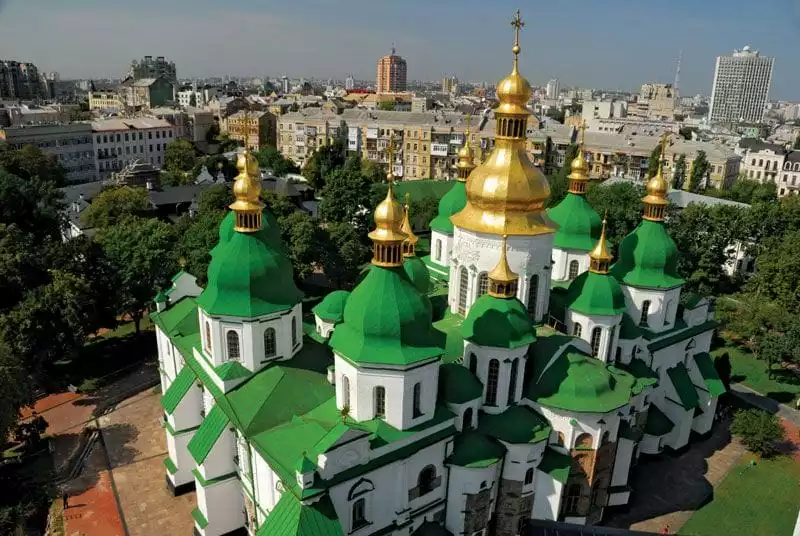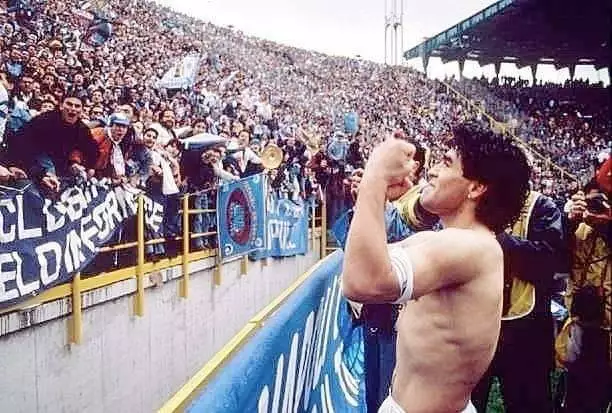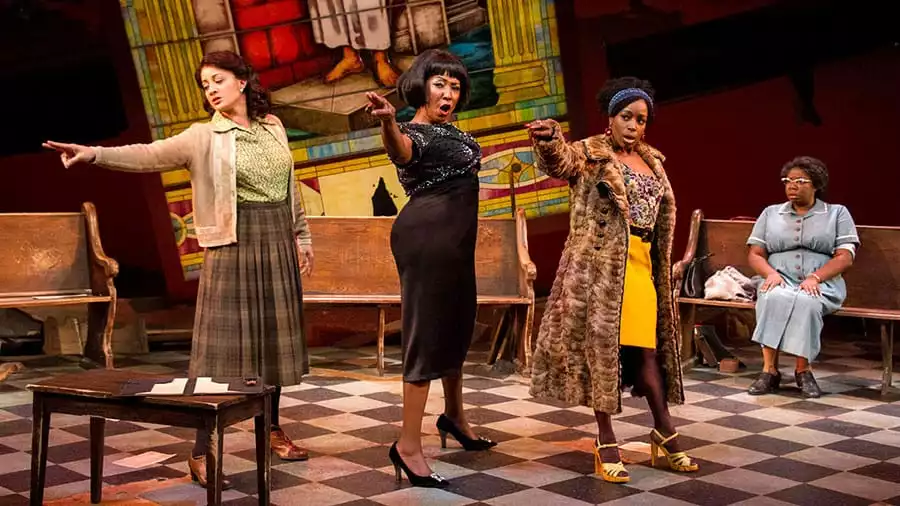The current year has been one of intensifying class struggle in the US. The bourgeoisie are struggling to preserve the integrity of the presidential election, which has already been discredited in the eyes of a vast segment of the population. Indeed, even the bourgeoisie are increasingly skeptical of bourgeois democracy, with the Republican wing refusing to commit to a peaceful transfer of power. At the same time, millions of people across the country have mobilized against the harsh repression of the black population by the police—repression which, in the last few years, has been buttressed by growing fascist fighting organizations, as well as the unwillingness of the liberal bourgeoisie to protect even minor concessions to the workers. These crises in the political sphere have their material base in the declining rate of profit in the US, as well as the severe economic downturn brought about by COVID-19. The bourgeoisie in the US has utterly failed to respond to the pressing needs of the population, which has resulted in widespread economic devastation and a further destruction of profits, which has only been temporarily salvaged thanks to immense government relief to businesses. While businesses struggle to maintain their profits, this burden has been placed on the population, effectively doubling the pressure faced by the vast majority of the country, who now have to contend with widespread unemployment and tanking wages in addition to rampant disease. Let us examine each of these issues in depth, and briefly examine the current state of the communist movement in the US.
The material basis of these crises is, of course, the contradictions inherent in the capitalist mode of production. Over time, revolutions in the means of production lead to an increase in productivity. The ratio of constant capital to variable capital increases--the same amount of goods can be produced with fewer workers. Each product sold has less and less value from variable capital (i.e. labor) and more and more from constant capital (machinery and the like.) Since surplus value can only come from variable capital, this means that there is less surplus value in each product, meaning there is less surplus value to capture as profit. In other words, as capitalism revolutionizes the means of production, it undermines its own source of profit, that is, labor. There are ways capitalists can counter this tendency, principal among which is intensifying exploitation, by extending the work day, raising work quotas per hour, and/or cutting wages. The rate of profit fell again in 2019 (1), and COVID-19 has resulted in the biggest post-war slump in real GDP (ibid), tanking the rate of profit even further. In fact, the rate of profit in the non-finance corporate sector is predicted to drop as low as 3%, the lowest in Federal Reserve records. (ibid)
Of course, the bourgeoisie are not the only ones hurting. Unemployment in the US continues to rise, and is estimated in the tens of millions. (2) Mass evictions loom on the horizon as stimulus checks and unemployment insurance ran out long ago for those not working. Hunger, homelessness, bankruptcy, medical and student and consumer debt—all were running rampant prior to the outbreak of COVID-19, and have only intensified due to the economic downturn. The workers, the majority of whom never recovered from the Great Recession, are seeing their already meager crumbs being swept away.
How is the bourgeoisie reacting to these historic crises? This is an election year, and while elections in the US have always been a shady affair, we are seeing the bourgeoisie grow ambivalent about even their token elections. The first-past-the-post system led long ago to the consolidation of the two party system, and now it appears as though the right wing of the bourgeoisie is considering liquidating the sham democracy altogether. The left wing of the bourgeoisie, represented by the Democratic party, is offering no resistance on any front, and has shown they are more than willing to collaborate with the right wing of the bourgeoisie when it comes to extreme repression of the black and Hispanic populations, including on the concentration camps at the border. While the Republican party courts fascist gangs and threatens violent reprisals against the workers, the Democratic party allows fascist paramilitaries to terrorize their cities and collaborate with the police forces.
For every action, there is an equal and opposite reaction. The bourgeoisie reacted to the economic crisis with intensified exploitation, which resulted in popular demands for economic relief as well as improved health services to deal with COVID-19 and the economic downturn. This has led to harsh repression of protests and increased repression of the population by the police—the population has reacted to this repression with an impressive show of force on their part. Police were successfully routed in some areas, which has led to increased collaboration between right wing illegal organizations and the police forces. This, in turn, has led to increased militancy among the masses, who are eager to fight back. Thus, we see the dialectical development of the situation, as it spirals from economic downturn to intensified exploitation which depends on political action which leads to political reaction, and the cycle repeats. Whether this development leads to the replacement of bourgeois democracy with fascism, or successful revolution, remains to be seen. So, let us turn to the current state of the communist movement in the US.
The communists have been separated from the trade union movement for a long time in the US, owing partially to Rightism in the CPUSA, as well as fierce government repression. Currently, the trade unions are totally dominated by the liberal bourgeoisie, and have declined over several decades. Recently, this trend has begun to turn around, as strikes become more prevalent and the population sees unions more favorably. There is a strong desire for a truly militant labor movement among the workers, but it remains to be built. The same is true for a workers party—the Communist Party USA continues to tail the liberal bourgeoisie, and has paid a severe price for it, having long ago been reduced to a political non-entity. The lack of a mass communist party has led to large reformist movements (mainly the Democratic Socialists of America) as well as a large anarchist movement, which, to their credit, has made significant contributions in the antifascist struggle. In the presidential elections, there are two left wing candidates who are using their platform to try to inform people, the “eco-socialist” Green party and the communist Party for Socialism and Liberation. There are a slew of other small communist and workers parties, including the American Party of Labor, Workers World Party, Freedom Road Socialist Organization, For the People, various Pantherist parties, and numerous other sects. No party is dominant at the moment, or even large enough to take power, although they have all swelled in numbers over the past few years.
We can see a severe crisis has rocked the US—the capitalists are struggling to maintain their profits, and have almost exhausted all of their options when it comes to looting and exploiting the population. The bourgeoisie's desperation is clear in the beginnings of the political crisis, as well as their unofficial endorsement of illegal fascist fighting groups. The methods and militancy of the bourgeoisie on the one hand have led to mass uprisings by the most vulnerable populations on the other hand. Where this all goes remains to be seen—rest assured, communists in the US have their work cut out for them.
15
Oct
4:12pm
Rene Georges USA
